This is the second part of my day tour of Kamakura. I spent the early part of the day basking in the glory of the great Kamakura Daibutsu. That concluded my bucket-list of visiting all the three most-revered Buddha Temples in Japan. The first one obviously being the Great Buddha of Todai-ji and the other – the Takaoka Daibutsu.
For those who didn’t read the first part of my story, I traveled for more than 4 hours today, all the way from Nara in Kansai, on the train, to visit the Kamakura Daibutsu and then, if time permitted spend some time at the Kamakura Hase-dera.
Once I had my fill of capturing photos of the monumental bronze statue of Kamakura Buddha at the peaceful Kōtoku-in, I made my way down to the lovely garden of Kamakura Hase-dera.
About Kamakura Hase-dera
Hase-dera, commonly known as the Hase-kannon (長谷観音) is one of the popular Buddhist temples in the city of Kamakura in Kanagawa Prefecture. It is located in southwestern Kamakura, nestled seamlessly within the hills of the valley. Its official name is Kaikozan Jishoin Hasedera, but people generally refer to it as just Hase-dera. Halfway up the Kamakura mountain, its main hall houses one of the world’s largest wooden statue of Kannon, the real reason for my interest.
Before I delve deeper into the history of Hase-dera, I must clarify that there are two Hase-dera temples by the same name. The one famous for its Ajisai gardens lies in Nara in the Kansai region. To be clear, I will refer to the temple in Kamakura as Kamakura Hase-dera.
Kamakura Hase-dera is also famous for its “Ajisai” or hydrangeas that blossom every May and June during Japan’s monsoon season. During these times queues to enter the temple grounds often swell with wait times of up to two hours. The temple originally belonged to the Tendai sect of Buddhism, but eventually became an independent temple of the Jōdo shū. Local folklore suggests the inception of the temple in the Tenpyō era (729-749 C.E.). However, documents at the temple suggest that the temple really came into its own during the Kamakura period (1192-1333).
Sammon Gate at Kamakura Hase-dera
Kamakura Hase-dera is not far from the Kōtoku-in and it didn’t take me long to reach the temple gate, also known as the Sammon Gate. The entrance fee is ¥300 per head for adults. The temple has a simple exterior with a symbolic large red lantern hanging from the age-old gate.
Kamakura Hase-dera Temple grounds
Once inside the temple, I was greeted by a relaxing landscape of vibrant greens, with the tranquil sound of the water flowing in the ponds. Summer flowers were in bloom. They add a nice touch to the heritage site. An array of circular paths surround the ponds at the base and lead up to the stone stairs, which take you up the mountain.
The Hase-dera temple complex is a large area. Built into the Kamakura mountain there are several buildings to check out. I am posting the local official map below for assistance.
I was a bit short on time so I didn’t visit all of them but I did get the pictures of most. Kamakura Hase-dera is most popular for its wooden Kannon statue measuring 9.18 meters tall. So I started to make my way up the stairs towards the main hall.
Along the path I found this very cute ensemble of three Jizo statues. The charming statue is sure to warm your heart. The idols reminded me of a tiny stone-carved Jizo, I found about a year back while ony wanderings around Arashiyama.
According to religious beliefs, Jizo is a Buddhist deity believed to protect unborn children and give prosperity to one’s descendants. This statue in particular is known as Ryo-en Jizo (Jizo of good match). For the photographically inclined enthusiast, it is one of the most photographed spot on the temple grounds.
This route also features a beautifully carved rock lantern, quite similar to the ones in Nara, which are lit during the time of festivals in Summer.
Jizō-Do at Kamakura Hase-dera
My first stop was at the Jizo-do Hall. It lies midway, up the stairs, on the way to the main hall. This sacred area is dedicated to Jizo, the patron protector of children.
Re-incarnation is a central tenet of Buddhism, and parents who endure miscarriages, still-births, or abortions often donate a statue in the likeness of Jizo to ensure a safe passage to the next life for their unborn child.
Also known as Kshitigarbha in the ancient Sanskrit language, the Jizo is represented in the guise of a Buddhist monk, devoid of the crown and jewels were customarily worn by bodhisattvas.
The word Jizō is literally translated to as “Womb of the Earth”, for JI 地 means earth, while ZŌ 蔵 means womb. Jizō is one of Amida Buddha’s main attendants and, like Kannon, is one of the most popular modern deities in Japan’s Amida Pure Land (Jōdo 浄土) sects.
Just outside the Jizo Hall, you can see countless jizo statues carved in stone. It is estimated that over 50,000 Jizo statues have been donated to Hase-dera since the end of World War II. Most of these statues only remain in the temple for about a year, before being removed to make way for newer statues.
I went up close to catch the details of the stone carvings. Near the hall, you can also find the Mizukake Jizo (water-pouring Jizo). It is believed that one can purify one’s mind by gently pouring water over the statue.
Continuing up the stairs, I reached the Shoro Belfry. According to local tradition, this giant bell is rung 108 times on new years eve to dispel the 108 sufferings of humanity according to Buddhism.
Next to the belfry you will find the Kannon-do and Amida-do halls. The bigger of these halls – the Kannon-do houses the wooden statue of Kannon, said to be one of the largest wooden structures in the world. But first I stopped to check out the Amida Hall.
Amida-do Hall at Kamakura Hase-dera
The Amida Hall lies right next to the Kannon Hall, The hall houses a 2.8 meter tall golden statue of the Amida Buddha. Amida or Amitābha as it is known in Sanskrit, is a celestial Buddha according to the scriptures of Mahayana Buddhism. It is the principal Buddha in Pure Land Buddhism.
According to historical records, this sacred depiction of the Buddha was commissioned by the first shogun of Japan, Minamoto no Yoritomo, in 1194.
Kannon Statue at Kamakura Hase-dera
After paying my respects at the Amida-do, I was finally at my destination. I removed my shoes and went inside. The gate leads into a dimly-lit large hall. Photography is not allowed inside the main hall. A sublime smell of incense sticks surrounds the hall.
Inside the hall there was pin-drop silence, one cannot even hear the chirping of the birds. I found myself standing in front of the revered Kannon statue. The idol itself is made from camphor wood and gilded in gold. It has 11 heads, each of which represents a different phase in the search for enlightenment.
The Hase-dera Kannon statue has an interesting mythology surrounding its origin. Known by the name of Avalokiteśvara in ancient sanskrit, Kannon is the bodhisattva associated with compassion and mercy. The main statue of Kannon is one of the largest wooden statues in Japan.
According to legend, this statue is one of two statues of Kannon that were carved together by a monk named Tokudo Shonin in 721 CE.
The pious monk discovered a mammoth camphor tree in the mountain forests near the village of Hase in the Nara region. The camphor tree was so large, that he decided that he could have two statues carved from it. The one he commissioned to be carved from the lower part of the truck was enshrined in Hase-dera Temple near Nara, which was part of the then Yamato Province. He didn’t know what to do with the other. So he set it adrift in the sea, for it to find the place with which it had a karmic connection.
According to local folklore, some fifteen years later on a stormy night in 736 CE, the statue washed ashore at Nagai Beach on the Miura Peninsula not far from Kamakura.
It is said, that year Kamakura was ravaged by a terrible storm. Winds hissed with fury and dark waves reared their angry crests, some as high as mountains surrounding Kamakura itself. When the tempest was at its height, the figure of the goddess was discovered floating upon the billows. The statue was immediately brought to Kamakura where a temple was built to honor it.
Next to the Kannon-do there is also a small museum dedicated to Kannon. The museum exhibits materials related to the ‘Goddess of Mercy’ as well as some other Buddhist artifacts of note.
Right in front of the Museum, beneath the branches of a venerable tree, sits a stone figure of extreme antiquity, depicting Buddha in the Dharmachakra Mudra. Carved in stone and set up on a hexagonal base, it sits among the lush green garden surrounded by 4 bronze statues of Devas (Heavenly) Kings.
Let’s take a closer look at the stone Buddha’s posture – the Dharmachakra Mudra. Dharmachakra, in Sanskrit, means the wheel of Dharma. The Dharmachakra mudra represents the setting into motion of the wheel of the teaching of the Dharma. As the gesture is performed with the hands held in front of the left side of the chest, or in front of the heart, the Dharmachakra mudra also represents the teachings are straight from the Buddha’s heart.
Also known as the Chaturmaharaja, the four heavenly kings are the protectors of the world and fighters of evil, each being able to command a legion of supernatural creatures to protect the Dharma.
Viewpoint
After taking a bunch of photos, I took a break at one of the tables near the Observation deck near the Kannon Hall. The temple sits about half-way up Mount Kamakura and the observation deck commands an impressive view over the Sagami Bay and the Kamakura valley.
After the long hike, if you’ve managed to work up an appetite, there is a full-service restaurant called “Kaio-kan” nearby. After an energizing break, I was ready to visit the cave at the base of the temple.
As I mentioned at the start, the temple is built on two levels and includes a cave on the northern side of the mountain. The cave, called Benten kutsu, consists of small winding tunnels with a low ceiling, connecting rooms with various statues of Benzaiten. The Benzaiten is a sea goddess and the only female of the Seven Gods in Japanese mythology.
I walked down the same set of stairs and turned towards the left at the base. Before you hit the cave, you find the Daikoku-do Hall. The original statue of Daikokuten, which was carved in 1412, is the oldest of its type in Kanagawa Prefecture (exhibited only on special occasions). The current enshrined Daikokuten is believed to give success in life and business.
Benten-do Hall at Kamakura Hase-dera
Fukutoku-benzaiten, known as the Goddess of music and wisdom is enshrined inside this hall. It is believed to dispel misfortunes and to give answers to prayers for developing technical skills. The Shonan area of Kamakura and Enoshima have a special relationship with the goddess and there are a lot of sites bearing her name.
Records suggest that Kobo Daishi carved this statue with his bare hands when he stayed on the temple grounds in the Heian era(794-1185).
Benten-kutsu Cave at Kamakura Hase-dera
Hase-dera’s intense dedication to the goddess can be found carved into the mountain.
After passing through the Torii gates that mark the entry to the caves, I found myself in a bit of an eerie surrounding. According to legend, these caves were carved by the founders of the Hase-dera many centuries ago, but I couldn’t find anything corroborating on the Wiki pages.
This is believed to be the place where Kobo Daishi, the Japanese Buddhist saint practiced in seclusion. Benzaiten and her followers of the Sixteen Children are chiseled out of the rock walls in one of the chambers inside the cave.
Each of the statues is linked via tunnels inside the Benten-kutsu cave. It’s a mysterious feeling, with dimly lit bulbs. At times with no one nearby, I cannot deny that I felt a little creeped-out.
Be warned however, especially for the tall visitors out there, the ceiling can get REALLY low at points and you might have to drop to your hands and knees if you’re not flexible.
It would take about half an hour at leisurely pace to fully explore the caves. As I came outside I found another cute jizo. As with most Buddhist temples, the grounds close around 5:00 PM.
In all, it was an inspirational day in Kamakura. I still had a 4-hour journey ahead of me – going back to Nara. Do note that this temple is also popular for its Ajisai, that bloom in the monsoon months. I was lucky to experience the Ajisai bloom in Nara Hase-dera.
It was a peaceful ride back home, staring at the lush green landscape of rural Kanagawa. I spent the time mostly listening to music and going over the pictures I took on the day.
In my opinion, a day tour is enough to explore both Kamakura Daibutsu & the Hasedera temple. Both are extremely exciting heritage sites with a plethora of mythical stories associated with them.
Thanks for reading. I look forward to your reviews and questions. If you are looking to explore more of the Kansai region, follow my story as I capture the iconic Yasaka-no-tou Pagoda during one of the lovely evenings in Kyoto.
736 C.E
Tokudō Shōnin
10-min walk from Hase Station on the Enoshima Dentetsu Line
March – September
08:00 – 17:30 (last entry at 17:00)
October – February
08:00 – 17:00 (last entry at 16:30)
Adults 400 yen, Children 200 yen
Important Cultural Events at Kamakura Hase-dera
*Dates might differ from year to year.
Disclaimer: The information presented in this article is based on the time I visited the premises. Note that there might be changes in the prices of merchandise and admission fees that might have occurred after this article was published. At times the facility might also be closed for repairs or for variety of other reasons. Kindly contact the facility or facilities mentioned in this article directly before visiting.
Usage of this site indicates acceptance of my Terms and Conditions.
Credits: The historical information presented herein is gathered mostly from local guides that were re-inforced via historical writings.
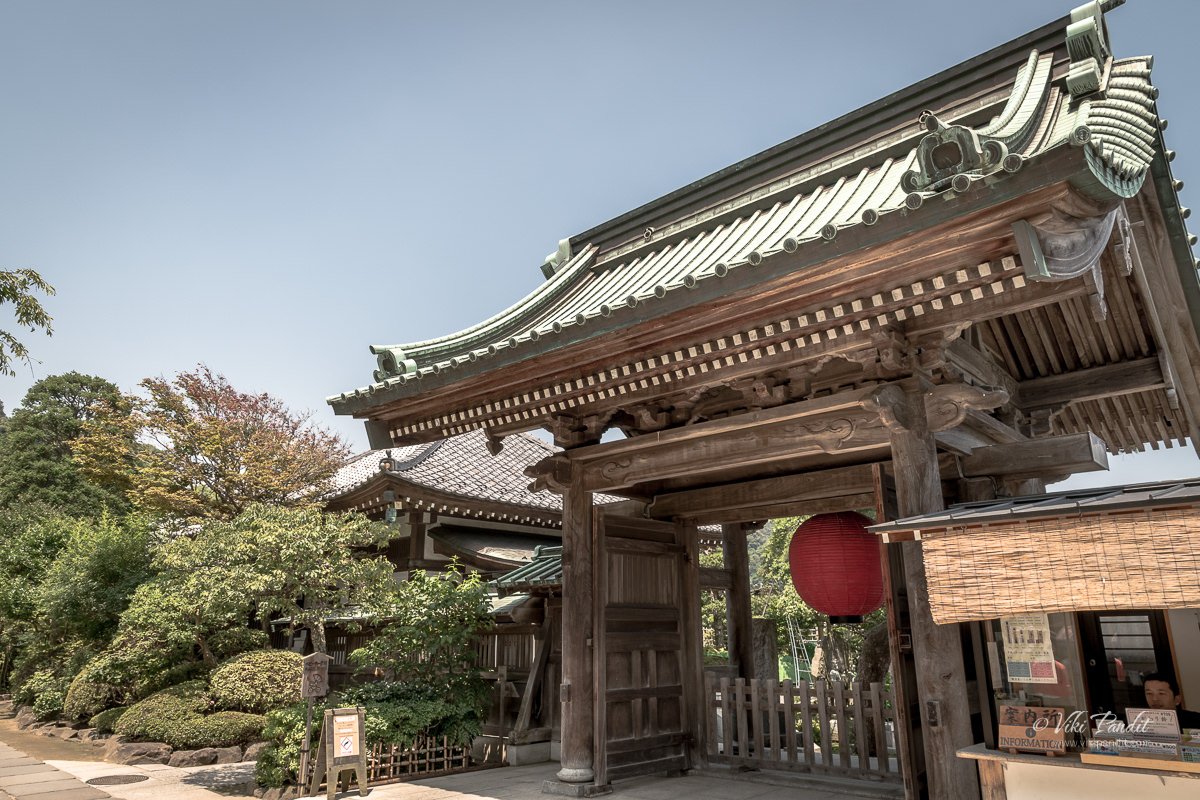

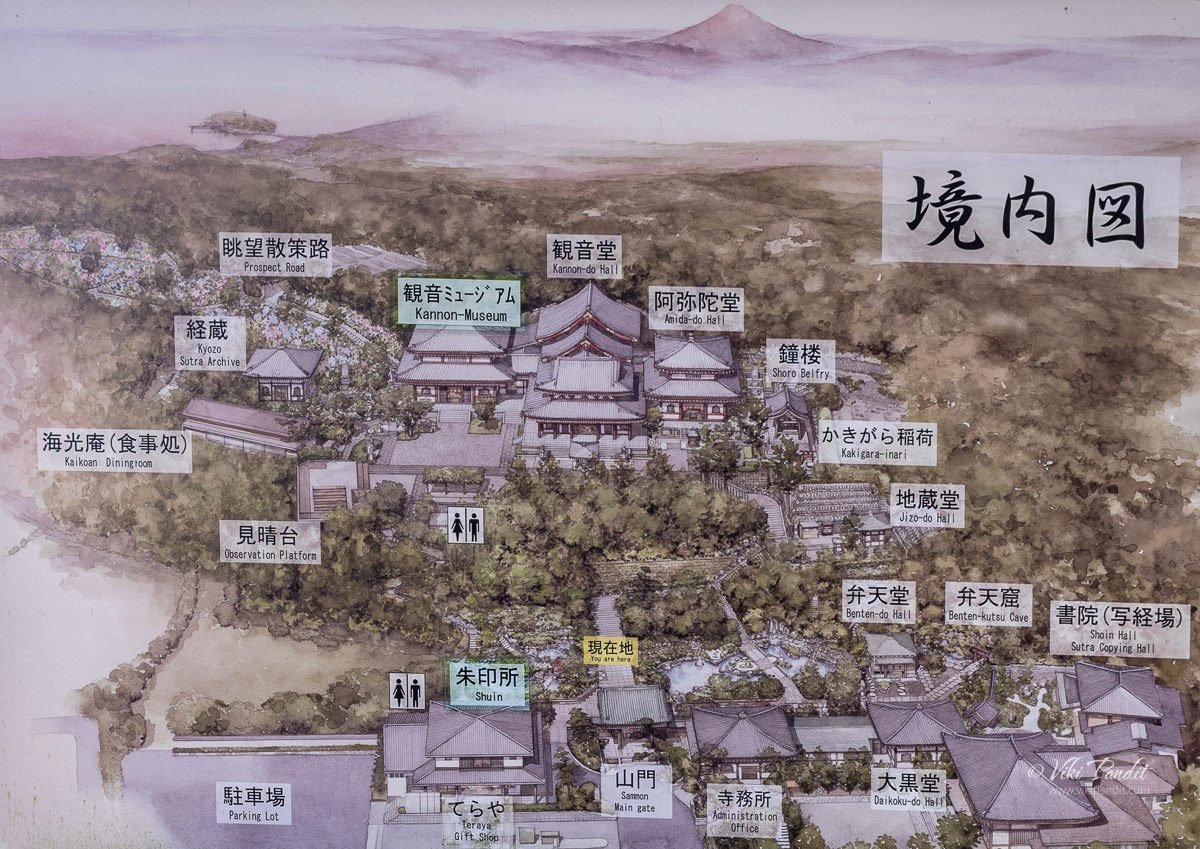
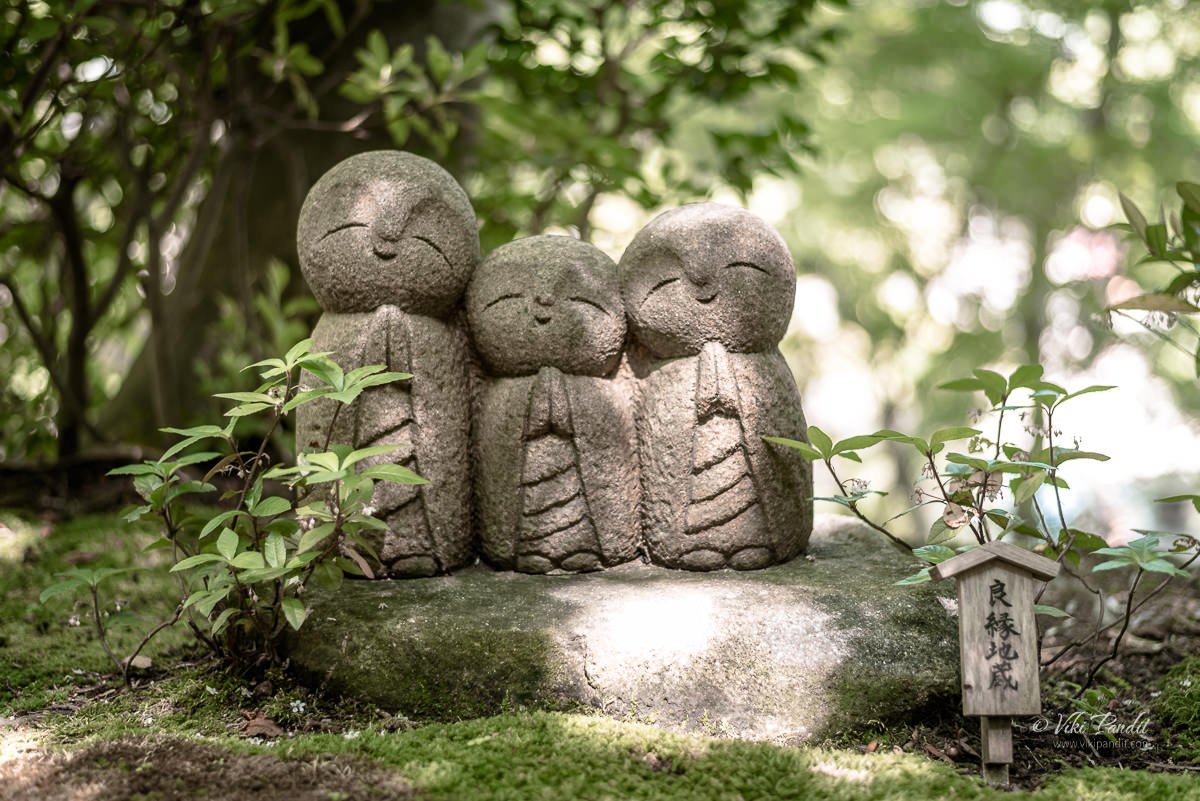
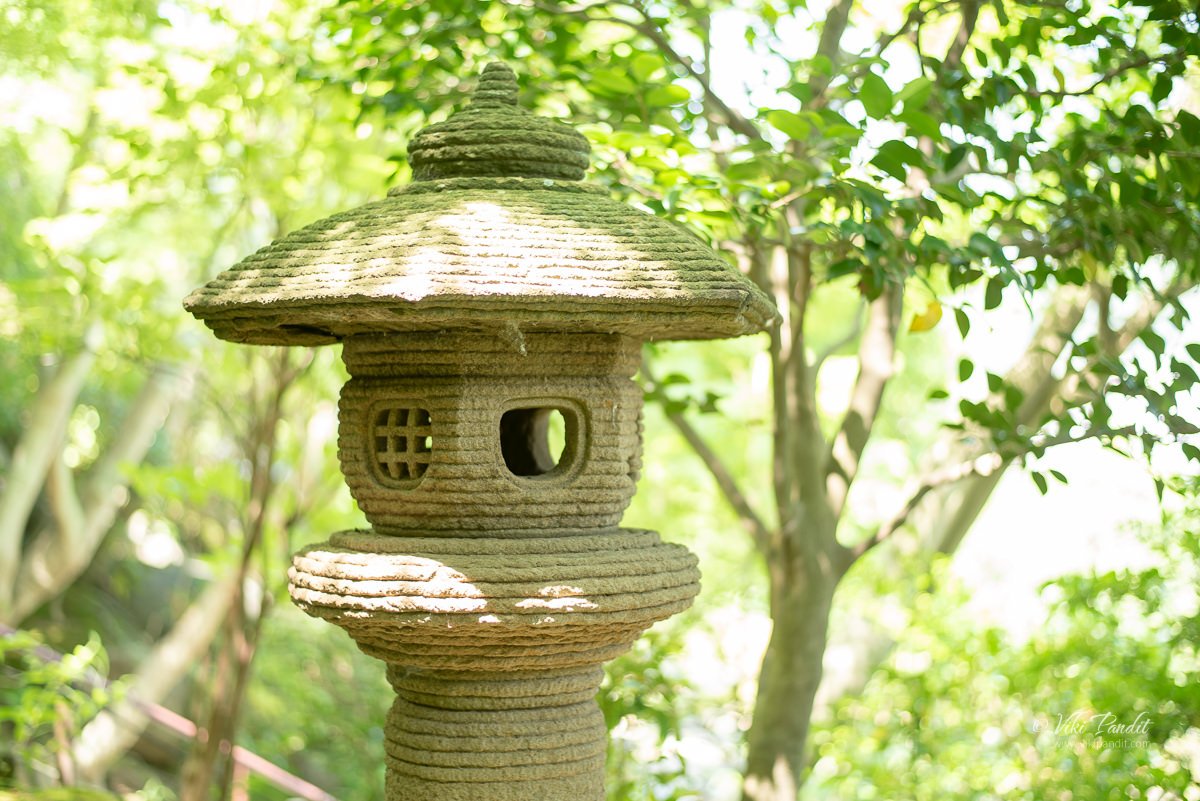
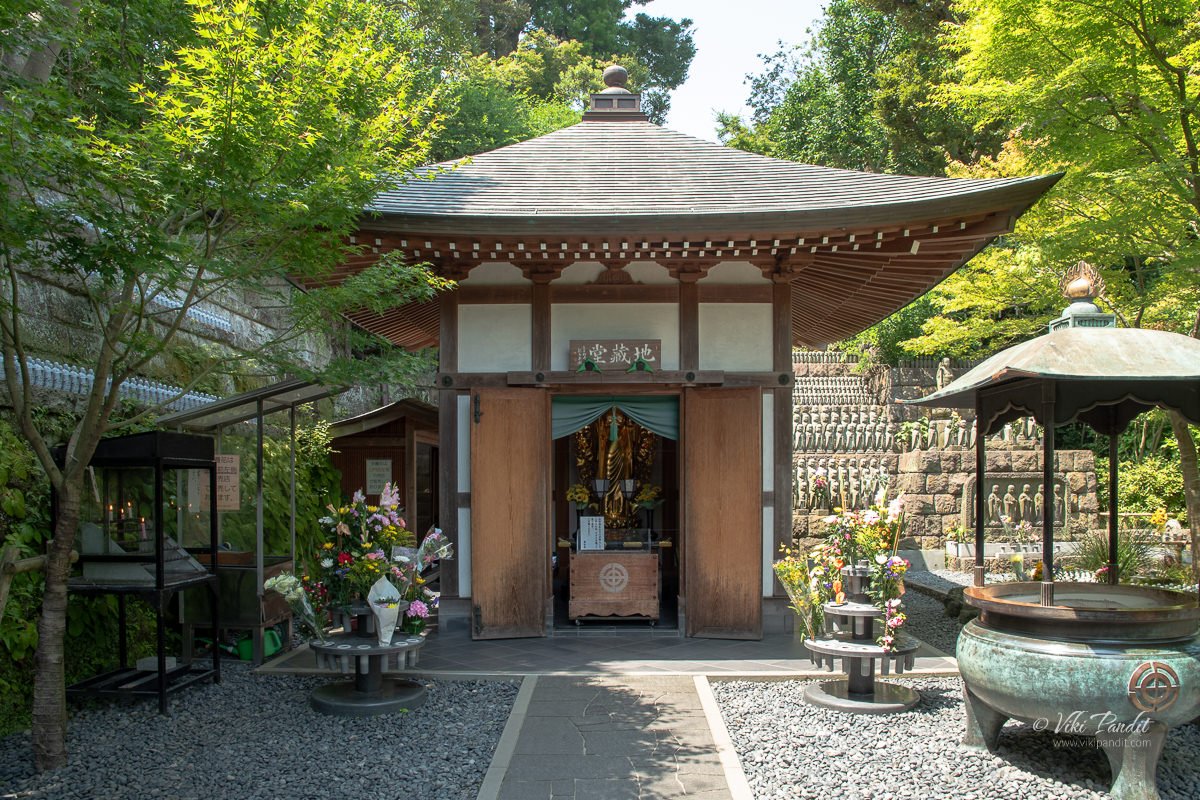




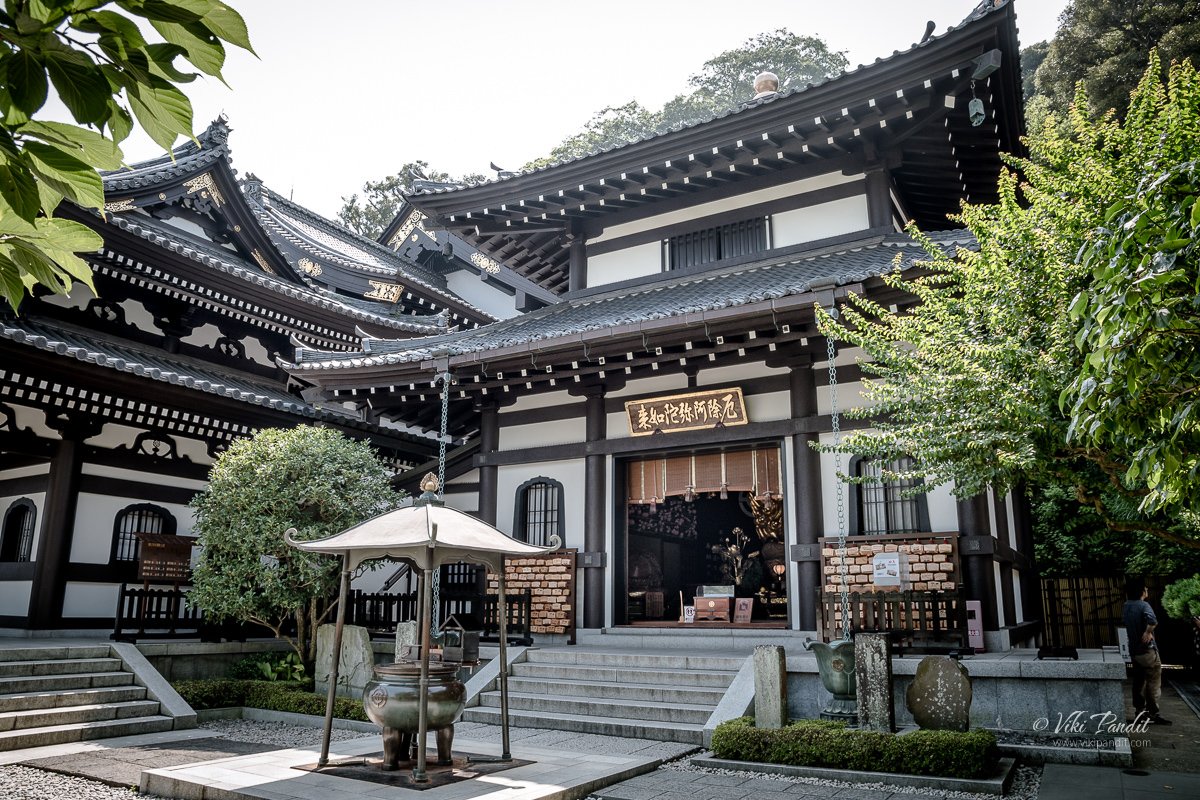






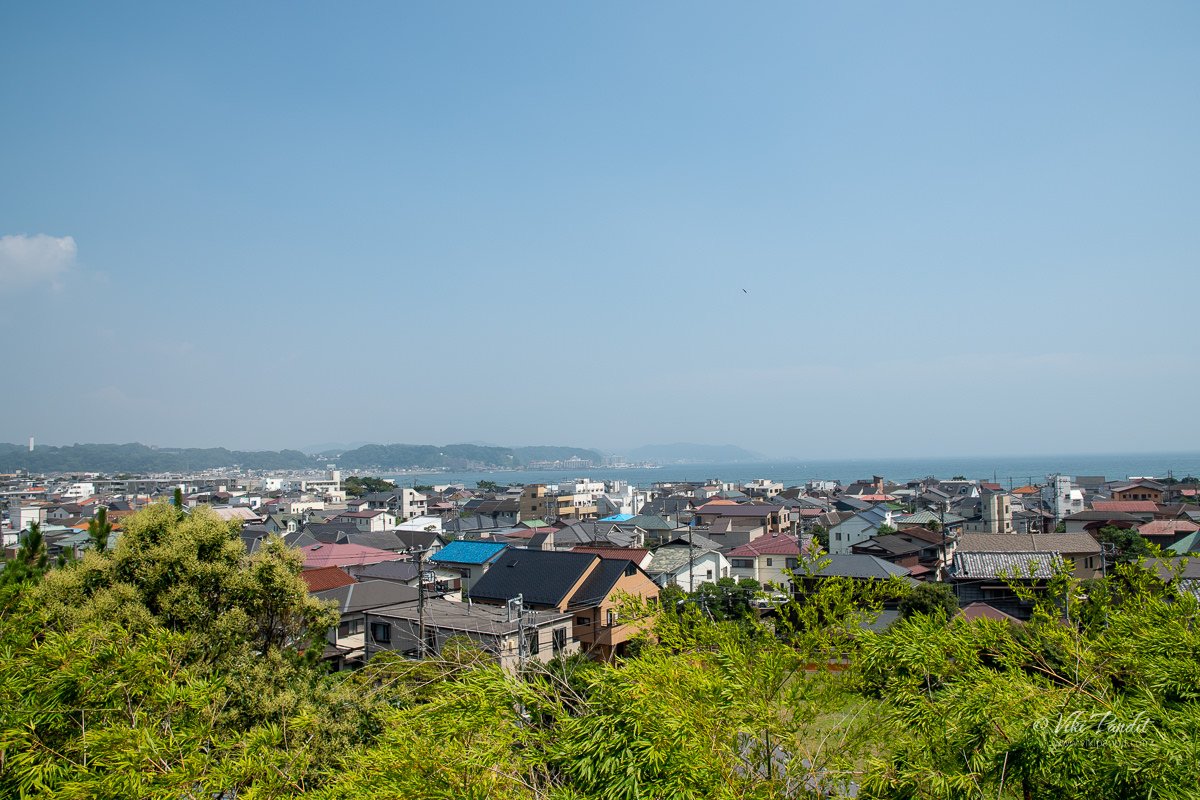


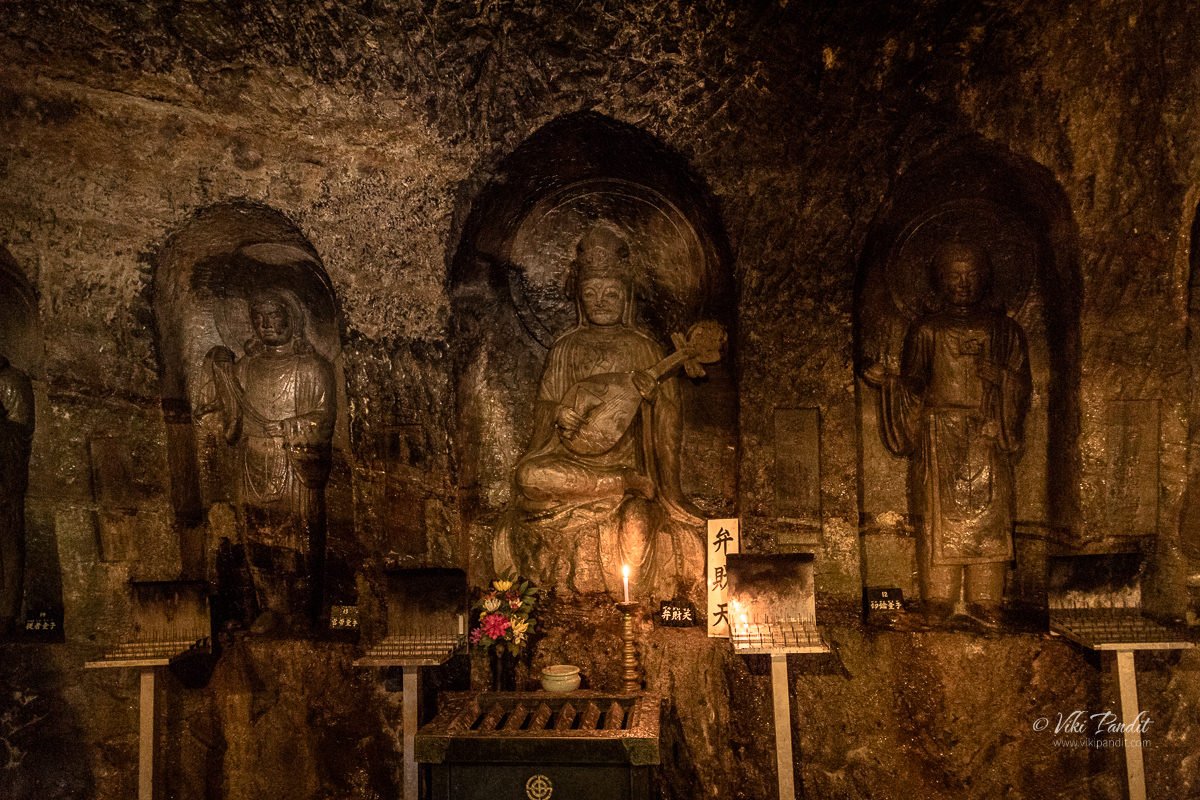

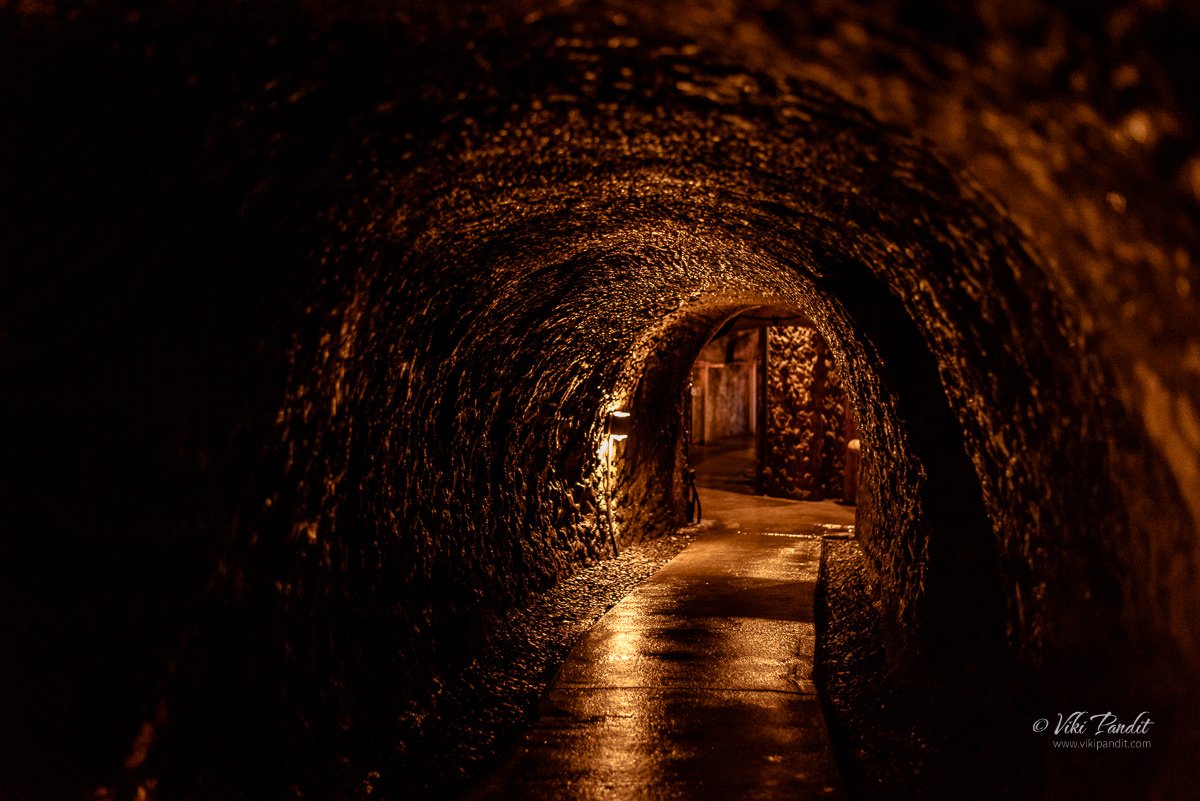



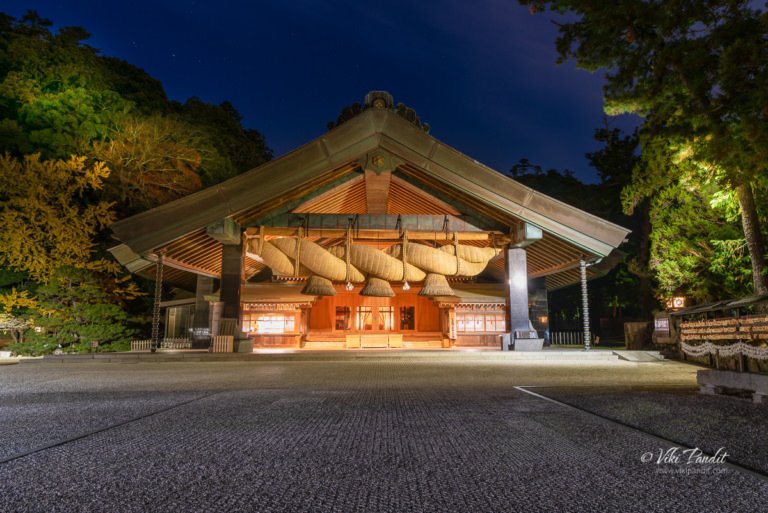
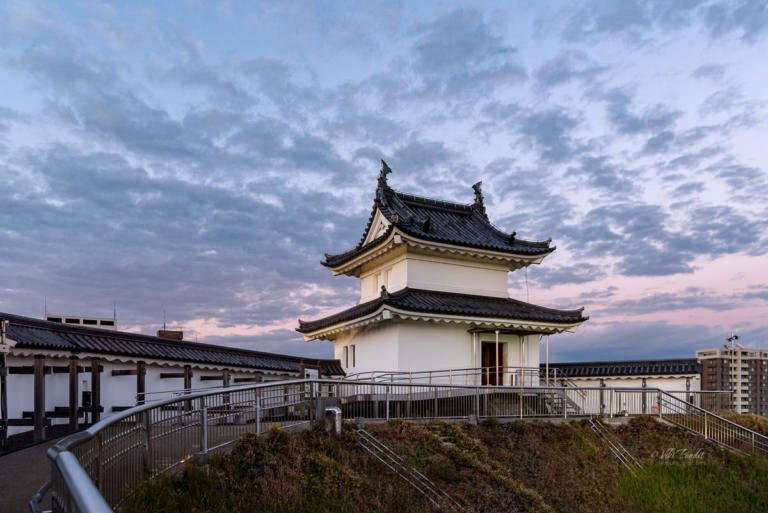
I went to the Hase-dera twenty years ago. I took a lot of pictures with an old film camera. I’m finally working on organizing photo albums and didn’t have any of my photos labeled. I really enjoyed your article. I learned more about the Temple and it helped me to identify everything in my photos. Thank you.
Hi Janine,
Thanks for the appreciation. I would love to see how the temple looked 20 years ago. If you post your pictures online, please send me a link so I can see your memories of the place.